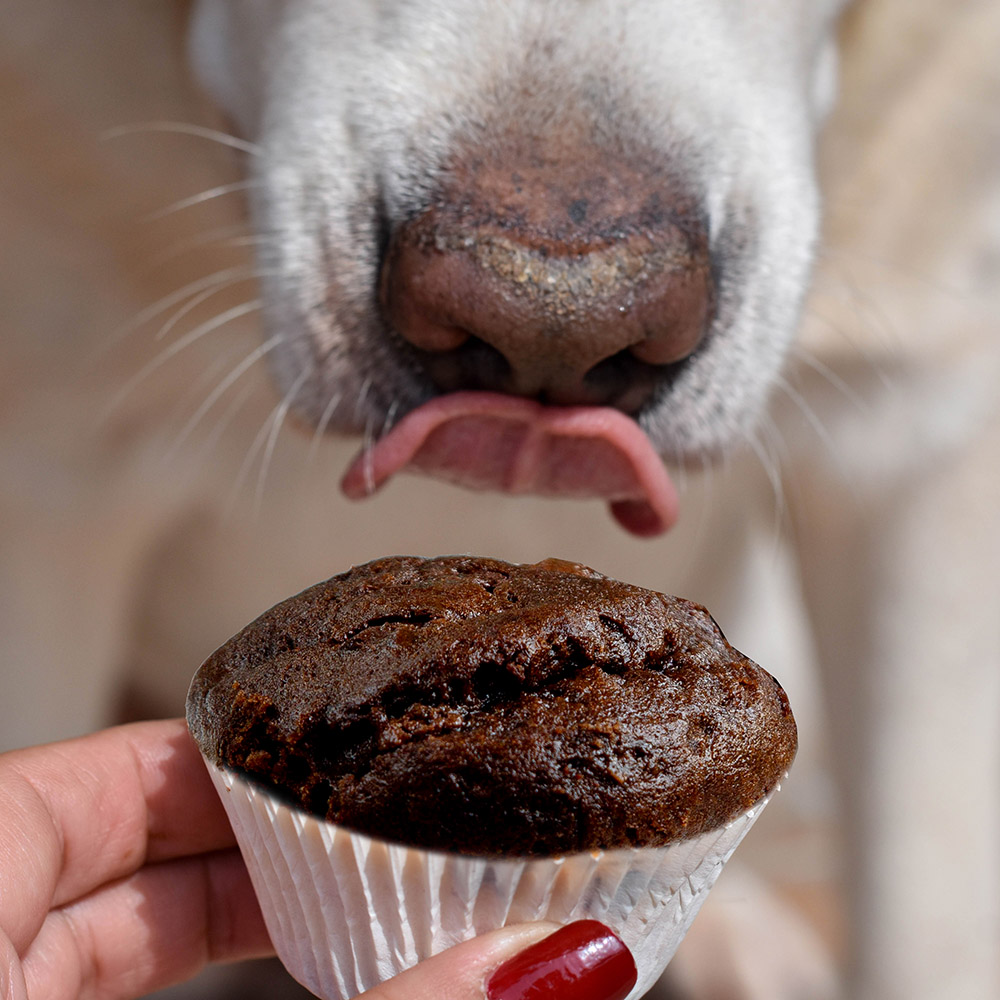Dogs are well known for eating things that they shouldn’t, and this is especially true for puppies! As Easter approaches, be careful hiding chocolate in your house, as due to their excellent sense of smell, it makes it relatively easy to find any hiding spots!
Chocolate originates from the roasted seeds of Theobroma cacao, which contain both caffeine and theobromine (a bitter alkaloid) which, when consumed, can both lead to medical complications or may even prove fatal. Chocolate also contains sugar and fat which are bad for dogs.
Dogs aren’t able to easily metabolise theobromine; their bodies process it much slower allowing toxic levels to accumulate in their system. The toxicity level of theobromine varies depending on the type of chocolate consumed, the amount of chocolate consumed and the size of your dog. Darker purer varieties of chocolate tend to have the highest level of theobromine (such as cooking chocolate and cocoa), while milk and white chocolate have the lowest amount. The high level of theobromine in dark chocolate means it only takes a small amount of chocolate to poison a dog. Theobromine doses in the region of 100-150mg/kg of body weight is considered toxic to dogs.
Chocolate poisoning mainly affects the heart, central nervous system and kidneys, with symptoms of dogs eating chocolate usually occur within four to 24 hours after consumption. If you suspect your dog has eaten chocolate, take note of your dogs’ weight, the type of chocolate, how much they have eaten and when they ate it. The usual treatment for theobromine poisoning is to induce vomiting, if you are worried or suspect that your dog may have eaten a large quantity of chocolate and they are showing any of the signs call your vet immediately.
Signs and symptoms of chocolate poisoning in dogs include:
- Restlessness
- Excitement
- Hyperactivity
- Nervousness
- Trembling
- Vomiting
- Diarrhoea
- Increased drinking
- Increased urination
- Increased heart rate
- Muscle tremors
- Seizures


